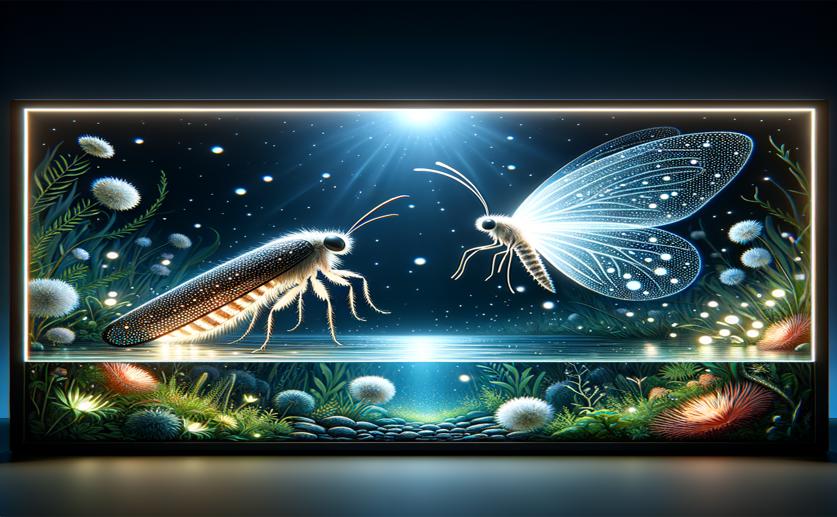
Nature-Derived Duo Creates White Light
Jim Crocker
17th March, 2024

Image Source: Natural Science News, 2024
Key Findings
- Researchers in Chandigarh developed white light from fruit and vegetable extracts
- Java plum and carrot extracts transfer energy to beetroot to emit white light
- The white light systems work in both liquid and solid (agar-agar gel) mediums
References
Main Study
1) Natural Pigments-Based Two-Component White Light Emitting Systems.
Published 16th March, 2024
https://doi.org/10.1007/s10895-024-03624-w
Related Studies
2) Anthocyanin-Functionalized Contact Lens Sensors for Ocular pH Monitoring.
3) Single-Phase White-Light-Emitting and Photoluminescent Color-Tuning Coordination Assemblies.
4) White Light Emission and Enhanced Color Stability in a Single-Component Host.



 1st March, 2024 | Greg Howard
1st March, 2024 | Greg Howard